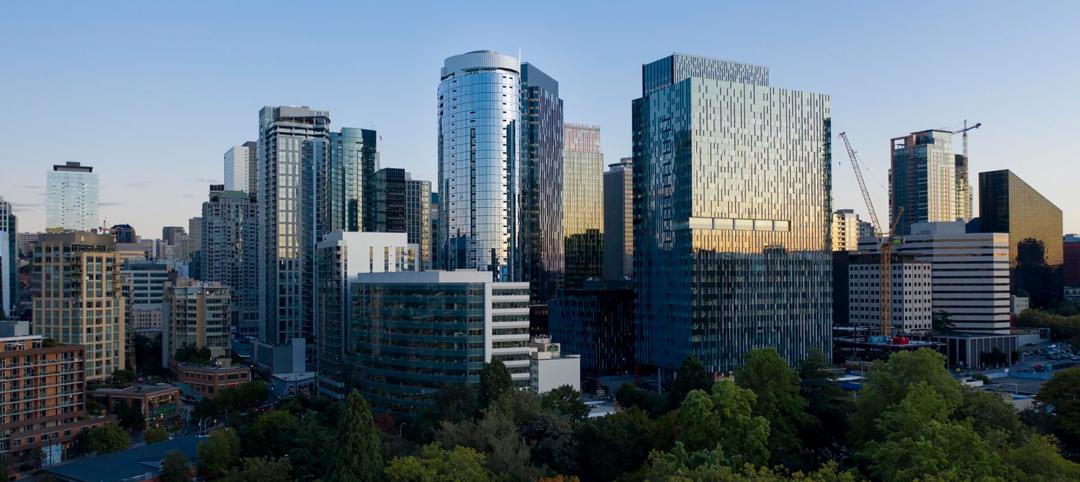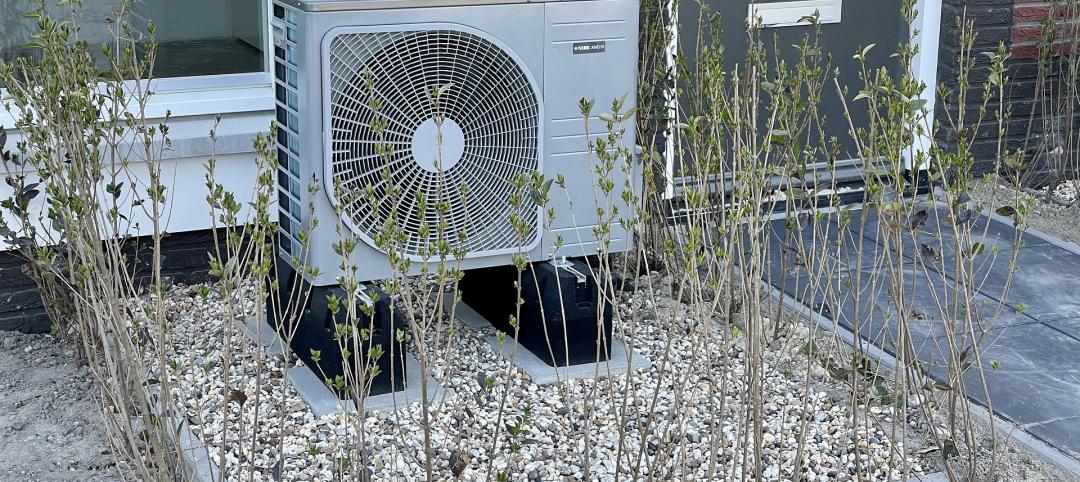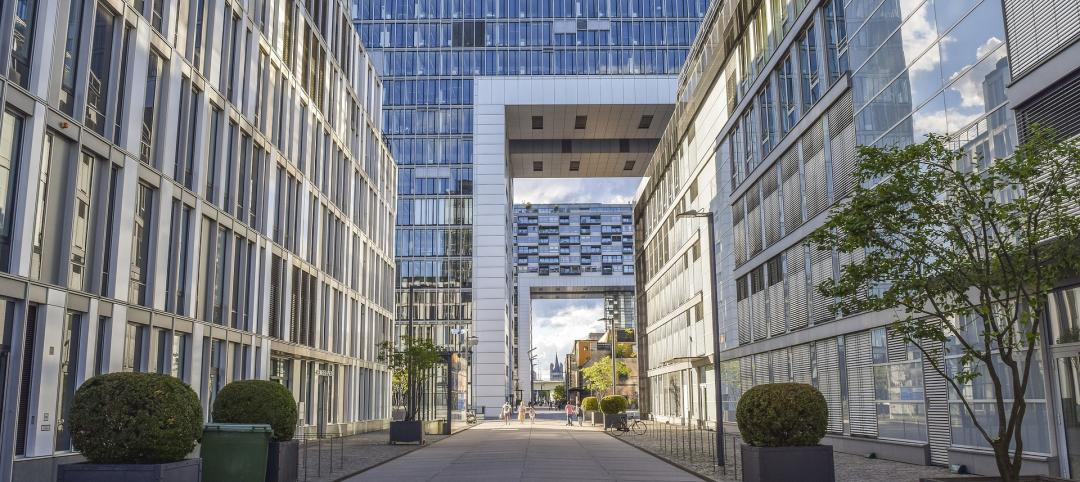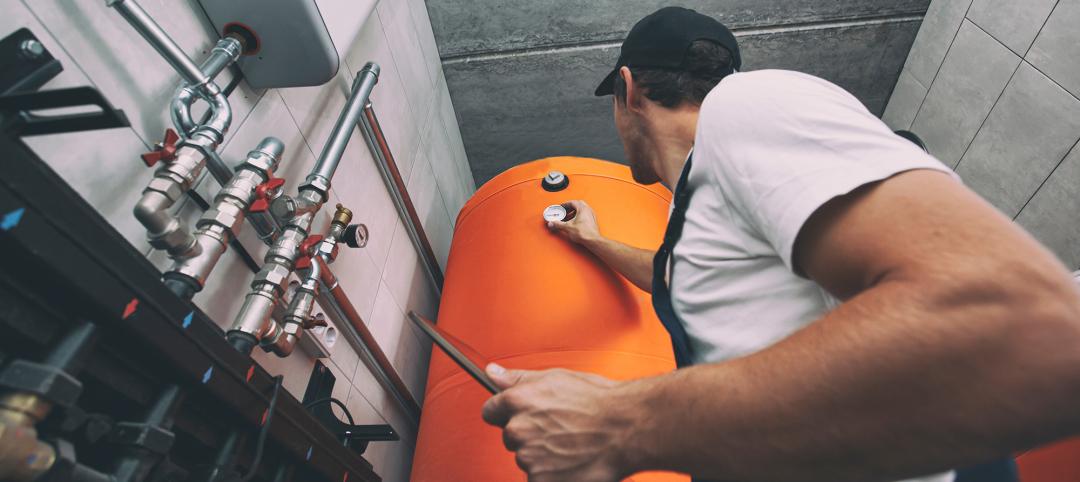Waste not, want not. That’s how the saying goes, and it is a saying local authorities in England and Wales are taking to heart. In an effort to reach the countries' goal of slashing carbon emissions by 2050, new government-backed plans call for a huge expansion of “heat networks” that use warmth generated by industrial machinery, geothermal energy, and subway trains to heat homes, The Telegraph reports.
A heat network is, as it sounds, a large network of insulated pipes that transports hot water or steam to “heat exchanger” units in homes in order to heat up the mains water supply. Basically, the networks make use of heat that is produced as a waste by-product of commercial or industrial processes in order to replace less efficient domestic gas boilers.
Of the 381 local authorities in England and Wales, 131 of them are now working on some sort of heat network plan.
Islington, north London is planning to use heat generated from the Northern Line of the London Underground network while other locations are exploring using geothermal heat from deep beneath the earth's surface or even recycling heat from pottery kilns from the local ceramics industry.
In 2015, an additional £320 million was set aside to help fund the construction of up to 200 projects, which would produce enough heat to supply 400,000 homes.
There are still two main hurdles that need to be overcome for these plans to work, however. The first issue is in creating a viable business model for the rollout to millions of households. Currently, it is difficult to finance a project without securing customers, but it is difficult to secure customers for something that doesn’t yet exist.
The second issue is in figuring out how to deal with “customer protection, choice, and pricing” Richard Howard, Head of Energy and Environment at Policy Exchange says in an interview with The Telegraph. “Heat networks generally lock customers in on very long term contracts, which can be 15-20 years.” A contract that long may scare away potential customers.
While heat networks seem to offer a glimmer of hope for de-carbonizing heating supplies, it remains to be seen just how viable they will actually be once implementation begins.
Related Stories
Mixed-Use | Apr 4, 2024
Sustainable mixed-use districts: Crafting urban communities
As a part of the revitalization of a Seattle neighborhood, Graphite Design Group designed a sustainable mixed-use community that exemplifies resource conversation, transportation synergies, and long-term flexibility.
Sustainability | Mar 29, 2024
Demystifying carbon offsets vs direct reductions
Chris Forney, Principal, Brightworks Sustainability, and Rob Atkinson, Senior Project Manager, IA Interior Architects, share the misconceptions about carbon offsets and identify opportunities for realizing a carbon-neutral building portfolio.
Sustainability | Mar 21, 2024
World’s first TRUE-certified building project completed in California
GENESIS Marina, an expansive laboratory and office campus in Brisbane, Calif., is the world’s first Total Resource Use and Efficiency (TRUE)-certified construction endeavor. The certification recognizes projects that achieve outstanding levels of resource efficiency through waste reduction, reuse, and recycling practices.
Codes and Standards | Mar 18, 2024
New urban stormwater policies treat rainwater as a resource
U.S. cities are revamping how they handle stormwater to reduce flooding and capture rainfall and recharge aquifers. New policies reflect a change in mindset from treating stormwater as a nuisance to be quickly diverted away to capturing it as a resource.
Sustainability | Mar 13, 2024
Trends to watch shaping the future of ESG
Gensler’s Climate Action & Sustainability Services Leaders Anthony Brower, Juliette Morgan, and Kirsten Ritchie discuss trends shaping the future of environmental, social, and governance (ESG).
Sustainability | Feb 26, 2024
GBBN's Inflation Reduction Act Calculator goes live
GBBN has publicly released its IRA Calculator, a tool that helps you understand funding opportunities in the IRA for sustainable design.
MFPRO+ News | Feb 15, 2024
Nine states pledge to transition to heat pumps for residential HVAC and water heating
Nine states have signed a joint agreement to accelerate the transition to residential building electrification by significantly expanding heat pump sales to meet heating, cooling, and water heating demand. The Memorandum of Understanding was signed by directors of environmental agencies from California, Colorado, Maine, Maryland, Massachusetts, New Jersey, New York, Oregon, and Rhode Island.
Green | Feb 15, 2024
FEMA issues guidance on funding for net zero buildings
The Federal Emergency Management Agency (FEMA) recently unveiled new guidance on additional assistance funding for net zero buildings. The funding is available for implementing net-zero energy projects with a tie to disaster recovery or mitigation.
Sustainability | Feb 7, 2024
9 states pledge to accelerate transition to clean residential buildings
States from coast to coast have signed a joint agreement to accelerate the transition to pollution-free residential buildings by significantly expanding heat pump sales to meet heating, cooling, and water heating demand in coming years.
Industry Research | Jan 31, 2024
ASID identifies 11 design trends coming in 2024
The Trends Outlook Report by the American Society of Interior Designers (ASID) is the first of a three-part outlook series on interior design. This design trends report demonstrates the importance of connection and authenticity.

















